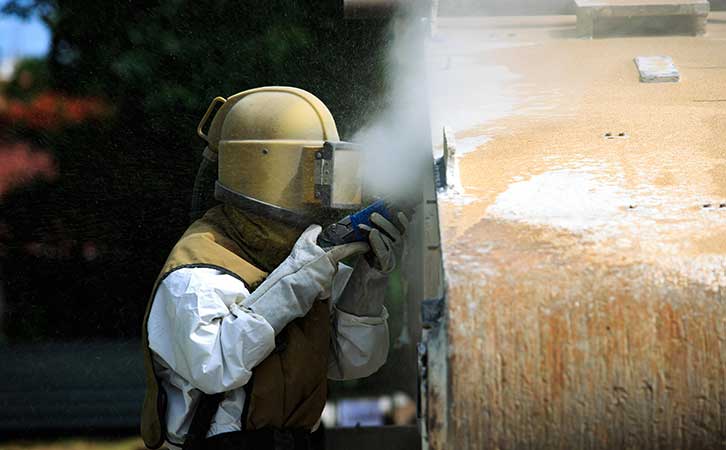Final Deadline for General Industry and Maritime Compliance with OSHA’s Respirable Crystalline Silica Dust Standard is June 23, 2018
06/14/2018

The upcoming June 23, 2018 deadline for employers in the general and maritime industries to comply with the requirements of OSHA’s revised Respirable Crystalline Silica Dust Standard is approaching fast. By this date, affected employers must implement the requisite policies, employee training, engineering controls and work practices needed to ensure workers are not exposed to silica dust above the new 8-hour time-weighted average (TWA) permissible exposure limit (PEL) of 50 µg/m3.
Requirements for employers in the construction industries under the new silica standard went into effect back on September 23, 2017. Just days prior to that deadline, OSHA issued an enforcement memo to its regional administrators indicating that the agency would provide a 30-day ‘grace period’ during which affected employers who were not in compliance with the new standard, but who could demonstrate ‘good faith’ efforts towards meeting the requirements, would not be cited should an inspector enter their workplace.
On June 7, 2018 OSHA issued a second memo directing regional administrators to provide employers in the general and maritime industries with the same 30-day grace period for compliance with the Silica Standard. In the memo, Galen Blanton, Acting Deputy Assistant Secretary states:
“During the first 30 days of enforcement, OSHA will assist employers that are making good faith efforts to meet the new standard's requirements. If upon inspection, it appears an employer is not making any efforts to comply, compliance officers should conduct air monitoring in accordance with Agency procedures, and consider citations for non-compliance with any applicable sections of the new standard. Any proposed citations related to inspections conducted in this 30-day time period will require National Office review prior to issuance.”
While the 30-day grace period affords some breathing room, affected employers should be doing everything they can to make sure their workplaces are in compliance before the June 23 deadline.
Enforcement Statistics
A look at the statistics regarding OSHA’s enforcement of the silica standard for construction may provide employers in the general and maritime industries with some clues as to OSHA’s future enforcement priorities under the new requirements.
As of April 23, 2018, during the first six months of enforcement, both state and federal OSHA agencies issued 117 violations to construction employers. Approximately 80% of the 117 violations were categorized as “serious,” carrying a maximum penalty amount of $12,934 per violation.
The data also show that OSHA rarely cites violations of the silica standard by itself. Citations have usually been accompanied by violations of other regulations, further compounding employers’ potential liability in the event of an inspection.
Additional figures from OSHA’s first six months of enforcement of the silica standard for the construction industry are as follows:
- 35 citations issued for failure to conduct an exposure assessment of worker exposure to respirable crystalline silica. This was the most commonly-cited violation.
- 31 citations for failing to adhere to the list of equipment and tasks, along with OSHA’s required engineering and work control methods and respiratory protection (Table 1).
- 20 citations were issued for lack of a written exposure control plan. OSHA did not provide a detailed description of which control plan elements were not in compliance, or whether employers simply lacked written plans altogether.
Preparing for Compliance
With requirements for the construction industry already in effect, and those for general industry, maritime and oil & gas industries approaching fast, now is the time to make sure you're in compliance.
VelocityEHS offers a free webinar “OSHA's Respirable Crystalline Silica Standard: Countdown to Compliance” to help affected employers understand and simplify their specific requirements under the silica standard, while offering a number of best practices you can implement in your workplace to ensure you’re protecting your workers and staying in compliance.
Topics covered include:
- Sources and hazards of respirable crystalline silica
- Regulatory requirements of the new rule
- Guidance and strategies for compliance
- Best practices for protecting worker health & safety
Register Today to View the Webinar On-Demand!
VelocityEHS Can Help!
VelocityEHS provides award-winning cloud-based EHS software solutions to help employers simplify even their most complex EHS management tasks, including compliance with OSHA’s Respirable Crystalline Silica Dust Standard. To learn more, Request a Demo today or give us a call at 1.866.919.7922






